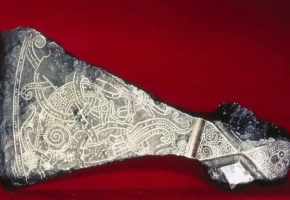NASA plans 2 new robotic missions to Venus

NASA is returning to sizzling Venus, our closest yet perhaps most overlooked neighbour, after decades of exploring other worlds. The space agency announced two new robotic missions to the solar system's hottest planet.
One mission, named DaVinci Plus, will analyze the thick, cloudy Venusian atmosphere in an attempt to determine whether the planet ever had an ocean and was possibly habitable. A small craft will plunge through the atmosphere to measure the gases.
The other mission, called Veritas, will seek a geologic history by mapping the rocky planet's surface.
Each mission — launching sometime around 2028 to 2030 — will receive $500 million for development under NASA's Discovery program.
The U.S. and the former Soviet Union sent multiple spacecraft to Venus in the early days of space exploration. NASA's Mariner 2 performed the first successful flyby in 1962, and the Soviets' Venera 7 made the first successful landing in 1970.
In 1989, NASA used a space shuttle to send its Magellan spacecraft into orbit around Venus. The European Space Agency put a spacecraft around Venus in 2006.
Sourse: CBC







